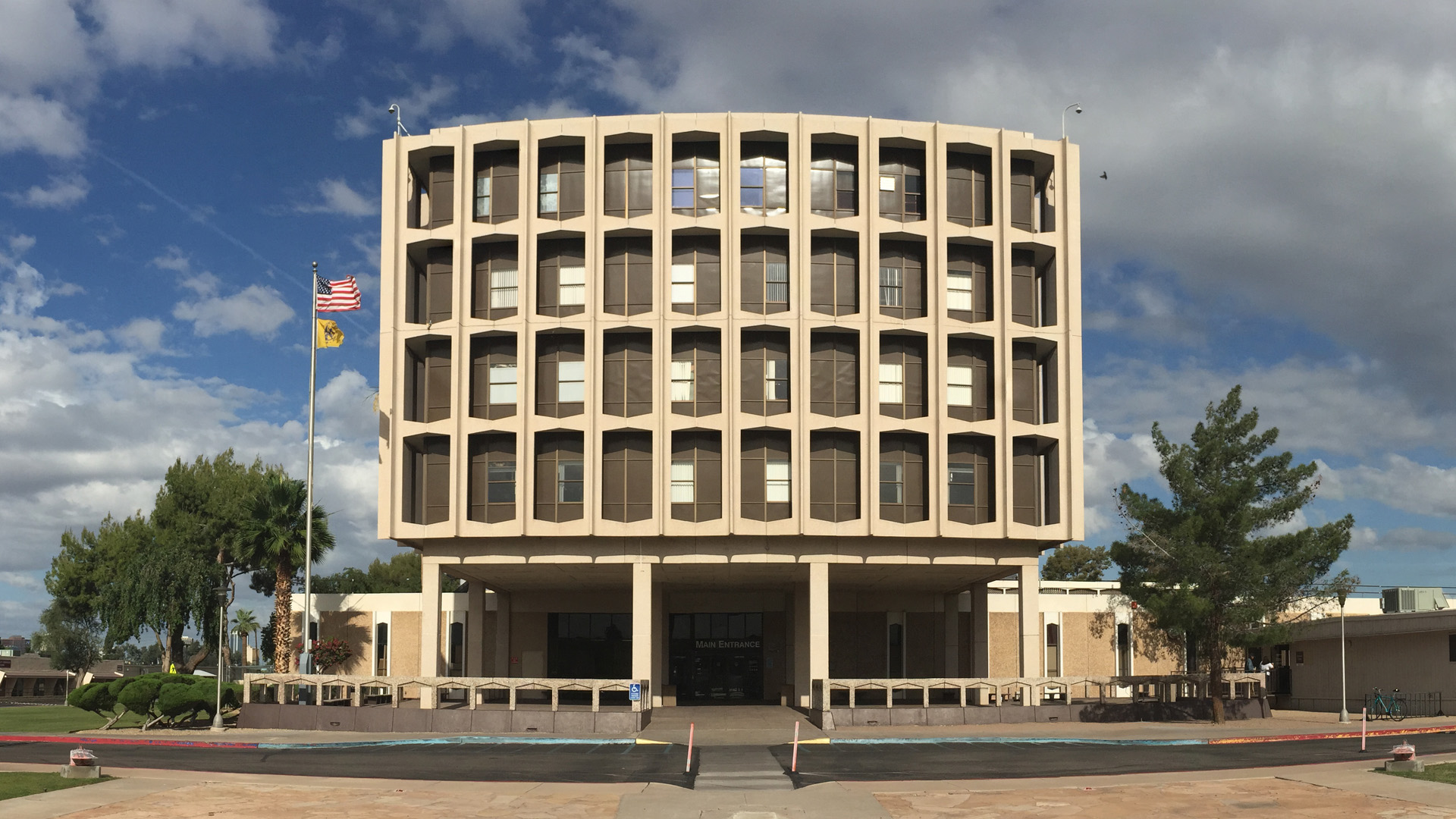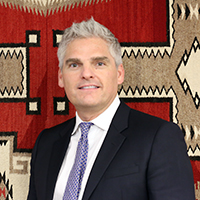
Many of the health facilities of the Indian Health Service are in rural locations. Among the exceptions is the Phoenix Indian Medical Center. Clinical providers at this hospital in Phoenix, Arizona, see over 140,000 American Indian and Alaska Native patients each year, including patients referred for specialty services from rural locations. Among PIMC’s specialty services is a Center of Excellence focused on advancing and coordinating treatment of HIV, hepatitis C, diabetes, and cancer.
The HIV clinic at PIMC is the largest in all of IHS, with over 300 patients. It is supported by a medical officer, clinical pharmacist, and registered nurse medical case managers. The HIV team receives clinical support and cross-coverage from the hepatitis C team that is supported by a nurse practitioner, pharmacist, and clinical care coordinator. The Center of Excellence receives some financial support from IHS headquarters via the Secretary’s Minority AIDS Initiative Fund, which greatly assists with the HIV Cascade of Care.
The cascade is a model of care for people living with HIV that takes them from their initial diagnosis to medical treatment that helps them achieve a very low level of HIV in the body – known as viral suppression. The PIMC program provides direct access to an expert HIV pharmacist during all clinic hours. The clinic also provides adherence counseling, case management, and care navigation services that are commonly available in HIV care. All of these services are conveniently located in one clinic. Traditional medical services are also available at the Center of Excellence in a medical home model. Preventive services, chronic disease management, and behavioral health are all part of the medical home model and available during routine clinic visits at PIMC.
The program is working hard and showing results. In 2017, PIMC’s HIV Cascade of Care demonstrated 93 percent adherence to care and 92 percent viral suppression for their patients. The PIMC HIV Center of Excellence’s work has a significant positive impact on American Indian and Alaska patients statewide. American Indian and Alaska Native people who are living with HIV in Arizona have the best viral suppression rates of all racial groups in the state!
The Center of Excellence credits relationships with its patients as a key factor in these successful results. PIMC strives to be known as a facility where quality HIV services are accessible, confidential, and culturally competent.
Related Content:
Phoenix Indian Medical Center (PIMC)



